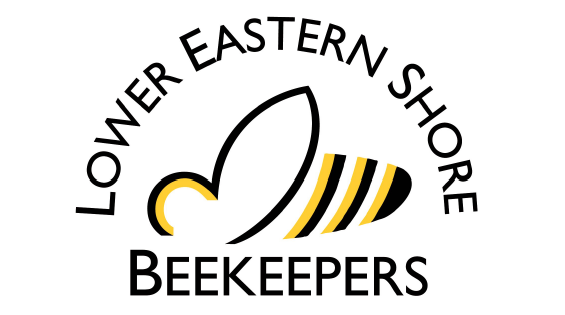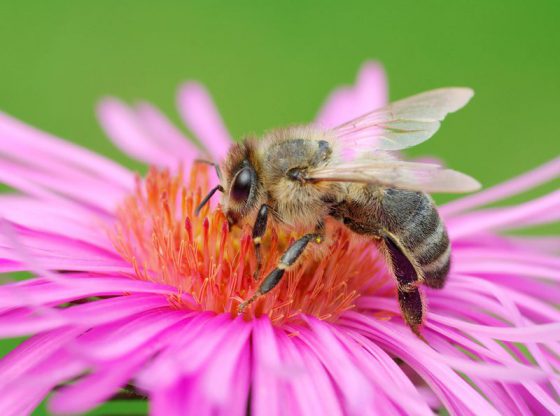Bee pollen is the key to a beautiful garden. The more than 4,000 bee species in the United States, many of which are at risk for extinction due to pesticides and herbicides, are vital to the health of the ecosystem, as well as your little corner of it. Many gardeners fail to attract a sufficient number and variety of bees by planting flowers that do not create a truly bee-friendly habitat.

One mistake gardeners often make is failing to think of their entire yard as a bee-friendly space designed to attract enough pollinators to make their garden thrive. Planting some edible plantsand vegetables can also help.
An oasis
Create an oasis designed to attract bees by filling your front yard with bee-friendly flowering plantsthat help attract honey bees, bumble bees, and other pollinator species to your garden. Dandelions, snapdragons, daisies, clover, and goldenrod are good food sources for bees. Think white, yellow, and blue when it comes to your plantings since bees can’t see red flowers. Maple, apple, and willow trees, as well as rhododendron and rose bushes, are also excellent for attracting bees.
Native plants
Remember that bees are partial to indigenous plants, so emphasize native varieties in your garden, including herb plants like lavender and thyme. Whatever you choose, make sure you plant a wide variety. Inexperienced gardeners sometimes focus on just one or two of their favorites. The more kinds you plant, the prettier and more colorful your garden will be, and the more bees you’ll attract.
Pass on the pesticides
Remember that pesticides have helped push many bee species onto the endangered species list. Substances with neonicotinoids may make bees more vulnerable to dangerous parasites, and have been known to persist in soils and plants for years. It’s a significant problem because so many of the most popular pesticides on the market today contain neonicotinoids. If you find it difficult to grow plants without pesticides, stick with organic pesticides and fertilizers and remember that there are natural alternatives, like spiders and ladybugs, which feed on garden pests.
Running water
Gardeners who like to incorporate a water feature into their garden sometimes opt for one with still water, such as a bird bath. It looks nice, but it attracts mosquitoes, which lay eggs in still water. Bees may drown in still water, so opt for a feature with a fountain or shallow, moving water, which bees prefer.
Nesting opportunities
Many species, such as bumble bees or mason bees, nest in the ground rather than hives. People often fill in or destroy old mouse holes or other sites that ground-nesting bees might find accommodating. Leave them as is to help create a bee-friendly lawn and garden habitat. You can also create natural nesting habitats using lawn and garden waste in or near your garden.
Think access and food supply
Gardeners sometimes plant flowers that are not readily accessible to bees. Go with varieties that have broad landing areas or tubular flowers with nectar at the base. Flowers with spikes are also popular with bees because they make it easier for bees to move quickly from plant to plant. Another common mistake is failing to plant a range of early-, mid-, and late-season blooming flowers so that there’s a steady supply of food for your bees. That way, you’ll attract pollinators throughout the growing season.

Variety
Fill your garden and yard with varieties that bees favor and can get to easily. Avoid harmful pesticides and fertilizers and go with organic brands and natural alternatives instead. A variety of bee-friendly plants will give you a more varied, attractive, and sustainable garden.
Bee on flower picture courtesy of Pixabay

